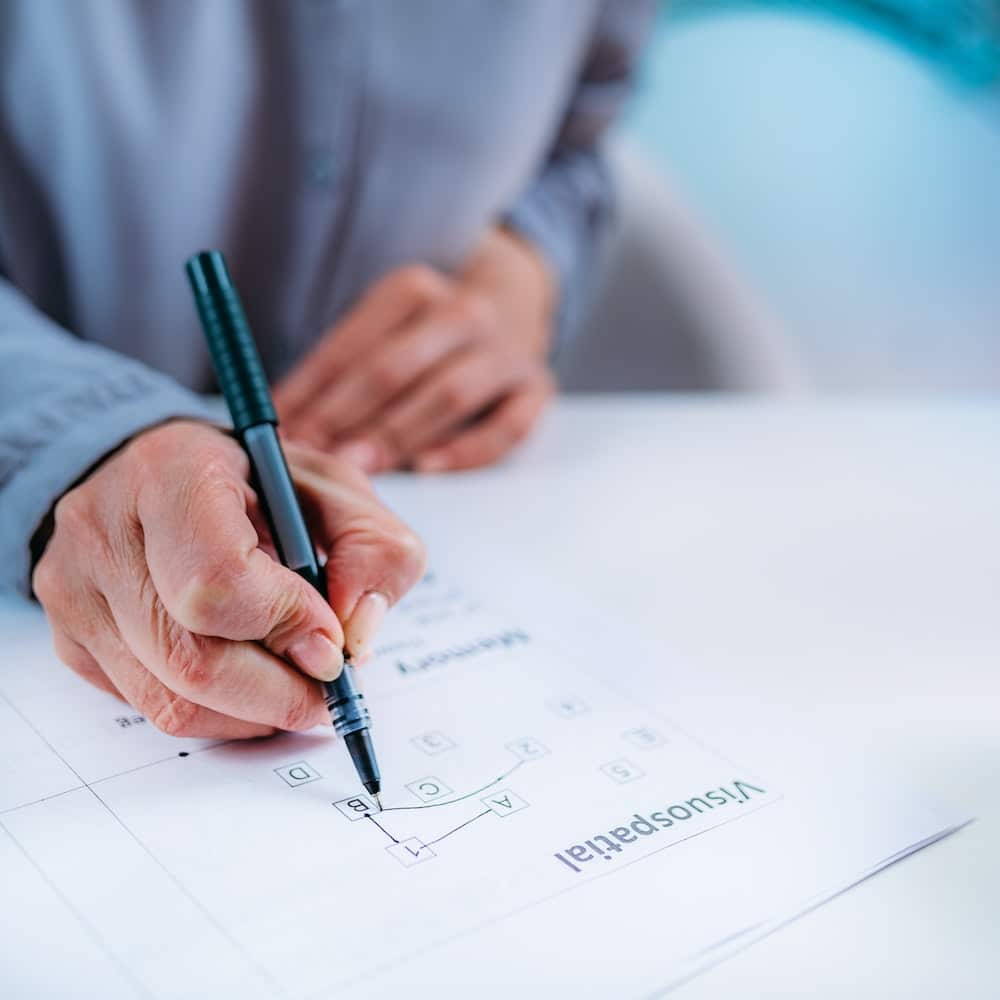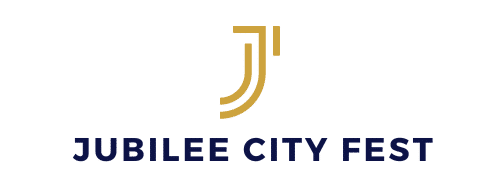How to Optimize Cognitive Rehabilitation Exercises After Concussions in Ice Skaters?

Concussions have been an increasingly common injury in sports, especially in high-impact disciplines like ice skating. For athletes, a concussion isn’t just a physical blow; it’s a brain injury that can hinder cognitive functions and performance for extended periods. As we delve into this critical issue, we’ll explore the symptoms of a concussion, the importance of a timely recovery, and how to optimize cognitive rehabilitation exercises post-injury.
Recognizing the Symptoms of Concussion
Before you start any kind of rehabilitation, it’s paramount to recognize the symptoms of a concussion. Many times, athletes shrug off minor head injuries as insignificant, but doing so can be detrimental to their long-term health.
A voir aussi : How Can Advanced Hydration Formulas Support Ultra-Distance Cyclists During Heatwaves?
Concussions can present with varied symptoms, including headaches, dizziness, visual problems, and confusion. More nuanced symptoms might include difficulty concentrating, memory problems, and problems with balance and coordination. These are not to be taken lightly, as they indicate an injury to the brain.
Understanding these symptoms can help you identify a concussion sooner and start the necessary treatment. A quick google search or a visit to medical websites like PubMed can provide more in-depth information about the various signs of this common sports injury.
A découvrir également : What Are the Latest Techniques in Speed Training for Youth American Football Receivers?
Importance of Adequate Recovery Time
The recovery process after a concussion is crucial. Every athlete is eager to return to their sport, but rushing this process can have severe repercussions. The brain needs time to heal after a concussion, just like any other physical injury.
Several studies suggest that the timeframe for return to activity varies based on the severity of the concussion. Mild injuries may require a few weeks, while more serious concussions can necessitate months of rest. During this time, it’s essential to avoid any further injuries to the head and limit physical exertion to prevent exacerbating the initial injury.
Remember, patience during the recovery period isn’t just an exercise in frustration; it’s a necessary step towards total recovery.
Choosing and Implementing Cognitive Rehabilitation Exercises
Once an athlete has had sufficient rest and their symptoms have significantly subsided, it’s time to start cognitive rehabilitation exercises. These exercises aim to restore cognitive functions like memory, attention, and problem-solving skills that might have been affected by the concussion.
Typically, a healthcare professional or a physiotherapist will guide the athlete through these exercises. They will often start with simple tasks, gradually progressing to more complex cognitive tasks as the athlete’s brain recovers.
Common exercises include puzzles, memory games, and activities that challenge the athlete’s attention and mental flexibility. It’s crucial to personalize these exercises to the athlete’s needs and progress, ensuring that they are beneficial and not overly stressful.
Monitoring Progress and Adjusting the Rehabilitation Plan
As you carry out cognitive exercises, regular monitoring of progress is crucial. The exercise program should be flexible, accommodating changes based on the athlete’s recovery progress.
Keeping track of the athlete’s performance in various exercises can provide valuable insights into their recovery. Regular evaluation through cognitive tests can also help quantify improvements and identify areas that need more work.
Any changes to the rehabilitation plan should be made judiciously and based on tangible evidence of the athlete’s progress. This could mean increasing the complexity of exercises, introducing new tasks, or even reducing the intensity if the athlete is struggling.
Navigating the Return to Sports
Finally, the decision to return to sports after a concussion should not be taken lightly. Even after completing a course of cognitive rehabilitation exercises, it’s important to ensure the athlete is truly ready to return to the ice.
Various factors must be considered, including the athlete’s cognitive function, physical health, and psychological readiness. Returning too soon can increase the risk of another concussion and potentially cause more severe brain damage.
A gradual return to physical activity, closely monitored by healthcare professionals, is generally the best approach. The athlete might start with light exercises, slowly increasing the intensity and eventually reintroducing sport-specific drills.
Remember, there’s no universal timeline for recovery from a concussion. Each athlete’s recovery journey is unique, shaped by the severity of their injury, their body’s healing process, and their personal resilience.
With the right knowledge, patience, and approach, athletes can effectively navigate the challenging path of recovery from a concussion, and return to the sport they love, fully recovered and ready to perform at their best.
The Role of Aerobic Exercise in Cognitive Rehabilitation
Once the initial rest period has passed and the athlete has begun cognitive rehabilitation exercises, carefully monitored aerobic exercise can play a significant role in optimizing the recovery process. Aerobic exercise, when appropriately introduced, can aid in restoring physical fitness and improving cognitive functionality.
After a concussion, it is advised to gradually reintroduce aerobic exercises like walking, jogging, or stationary cycling. Intensity should remain below a point where concussion symptoms worsen. Monitoring the athlete’s heart rate during these exercises is crucial to ensure it stays within safe limits, typically staying below the point of symptom exacerbation or around 60-80% of the athlete’s maximum heart rate.
In several research studies, often accessible through platforms like Google Scholar or PubMed, aerobic exercise has been shown to enhance cognitive recovery after a brain injury. This benefit is thought to occur due to increased blood flow to the brain, promoting healing and recovery.
Aerobic exercise also offers psychological benefits, such as reducing symptoms of depression and anxiety that may occur post-concussion. However, it is paramount that the exercise regimen is personalized to the athlete’s recovery process and doesn’t exacerbate their symptoms.
Remember, while the inclusion of aerobic exercise in the rehabilitation plan can be beneficial, it should be introduced cautiously, gradually, and under the supervision of healthcare professionals. It should also be stopped or adjusted if any concussion symptoms reoccur or worsen during the activity.
Vestibular Rehabilitation for Balance and Coordination
Vestibular rehabilitation is another critical aspect of cognitive rehabilitation following a concussion, especially for ice skaters. This form of therapy focuses on restoring balance and coordination, two vital abilities for athletes in sports like ice hockey.
Vestibular rehabilitation exercises can significantly improve symptoms of dizziness and balance issues that often persist after a concussion. These exercises generally involve head and body movements designed to retrain the brain’s ability to coordinate information from the eyes, inner ear, and body to control balance and eye movements.
The exercises may start simple – focusing on maintaining balance while standing still or moving the head. Over time, they can progress to more complex tasks that challenge the athlete’s balance and coordination, such as walking in a straight line, turning around quickly, or balancing on one foot.
Accessing resources like PubMed or Google Scholar can provide numerous research articles supporting the efficacy of vestibular rehabilitation in concussion recovery. However, it is essential to remember that these exercises should be personalized to the athlete’s needs and performed under the supervision of a qualified professional to prevent any potential injury or exacerbation of symptoms.
Conclusion
Concussions are a significant concern in high-impact sports like ice skating. Recognizing concussion symptoms, allowing adequate recovery time, and implementing a personalized, evidence-based rehabilitation plan are crucial steps towards a safe and effective recovery.
Cognitive rehabilitation exercises, coupled with aerobic exercise and vestibular rehabilitation, can significantly aid in returning cognitive function and physical abilities post-concussion. Monitoring progress, adjusting the rehabilitation plan as needed, and carefully navigating the return to sports is crucial in preventing further injury and optimizing recovery.
Ultimately, while the journey to recovery may be challenging, with the right resources, patience, and professional guidance, ice skaters can successfully overcome the impacts of a concussion. They can then return to their beloved sport, fully recovered and ready to glide back onto the ice with confidence.
